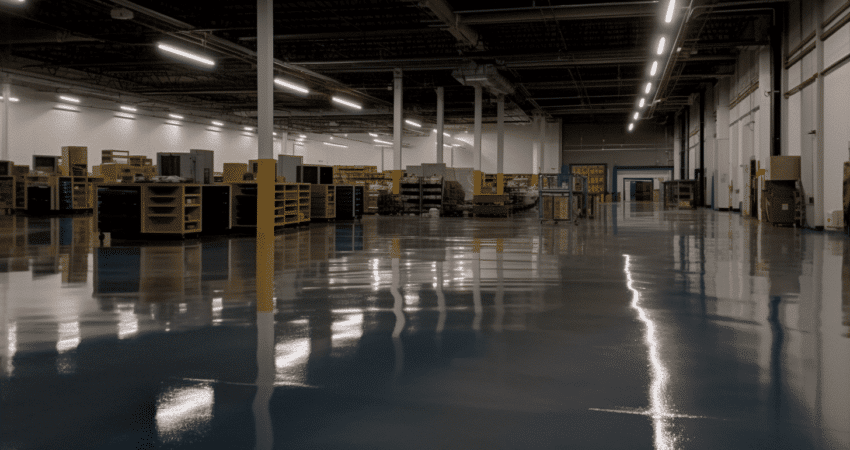In industrial environments, where the demands on materials and machinery are intense, the right foundation is not just beneficial – it's essential. Epoxy grouts, especially products like SpecPoxy Grout, have emerged as the material of choice for anchoring heavy machinery…


Selecting the appropriate epoxy product is a critical step in ensuring the success of any construction or renovation project. The choice you make depends on various factors, including the specific requirements of your project, whether it involves bonding, grouting, or…

In the world of infrastructure, particularly in the paving and highway sectors, the right materials can make all the difference in ensuring durability, safety, and longevity. Epoxy resins are essential in infrastructure projects for their high strength, excellent adhesion, and…

Proper installation is key to maximizing the performance of any concrete joint filler. SpecChem's Rapid Flex CJ and Rapid Flex 90 have been engineered for ease of use and efficiency, ensuring a streamlined application process that can save time and…

Introduction: Why Control Joints Matter in Industrial Flooring Control joints are an essential part of any industrial concrete floor. They allow concrete floors to withstand heavy loads while reducing cracks and damage that come with heavy traffic loads. When it…

Introduction Proper cleaning and maintenance are essential for ensuring the longevity and effectiveness of SpecChem epoxy and polyurea joint filler products. This guide offers practical advice for daily care, periodic cleaning, and repairing joint filler separation to keep your concrete…

Introduction Epoxy resins are versatile and reliable materials widely used in the construction industry for patching, bonding, and coating. SpecChem's line of construction epoxies are among the best you can buy. But to ensure successful results, it's essential to understand…

Application procedures for epoxies include, but are not limited to: ASTM C-881 is the standard specification for two component epoxy adhesives. Type Type refers to the exposure: Type I: Non-load bearing, bonding hardened concrete to hardened concrete. Type II: Non-load…
